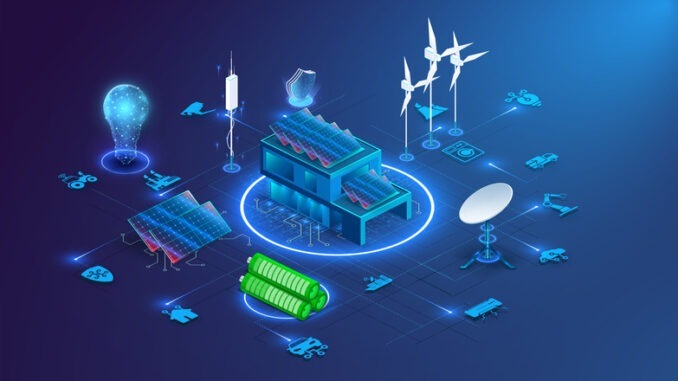
The energy crisis continues for schools across the UK – how can they understand and minimise energy usage across their premises?
Understanding your energy use is key to making savings – if you know how much energy you use, and what influences this usage, you can make an effective plan to identify the best ways to reduce energy consumption. Factors that affect your school premises’ energy use include:
- the condition of the building;
- how well the building and systems have been managed and maintained;
- the type of setting – for example, different operational requirements for primary, secondary, further education and special educational needs and disabilities;
- the behaviour of pupils;
- the energy efficiency of ICT and equipment;
- environmental factors, such as heatwaves or extreme cold weather.
To help you understand how your school is being charged for energy, look at your metering data. By taking regular meter readings, you will better understand how much energy you use, how best to monitor use over time and the impact of any changes you make.
Smart meters provide regular, automated, information about your gas and electricity usage. You can set them up to provide data at specified time intervals. For the most detailed information you should set your meter to take half-hourly readings as this will highlight clear patterns in the data; this can also identify how much energy us being used when your building is unoccupied.
Once you know how your school is being charged for energy, you can start to change your behaviour to change this. Action can be taken across four key areas:
- heating;
- water;
- lighting;
- equipment.
- Heating – reducing the temperature in a building by one degree can save up to 10% of your annual heating bill. In addition, you should set your heating controls to match the needs of your building and fill or seal unwanted leaks or openings in your pipes, windows or doorways to minimise heat loss.
- Water – turn off running water when not needed and check your water meter regularly. If you suspect a leak, take a meter reading last thing in the evening and first thing in the morning. If the reading indicates a leak, ask your water provider about their free leak detection service.
- Lighting – replacing ineffective bulbs with LED lights can reduce your energy consumption by over 84%. You should also install time switches and movement sensors to make sure energy isn’t wasted on lights that don’t need to be on.
- Equipment – replacing old computers with laptops or tablets that use less energy can reduce energy consumption by up to 80%. However, if this is not an option for your school, you should make sure all equipment is turned off when not being used, and consider using a management tool to lower energy usage across all your devices or migrating to a cloud-based system to replace energy-intensive equipment.



Be the first to comment